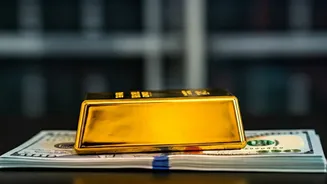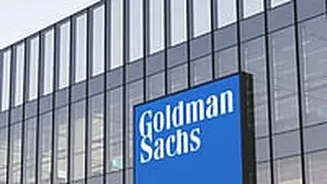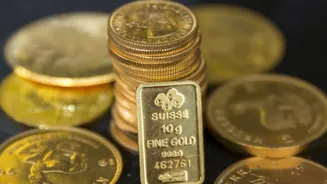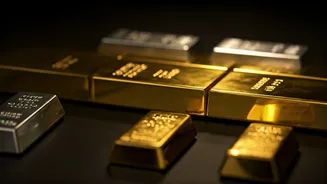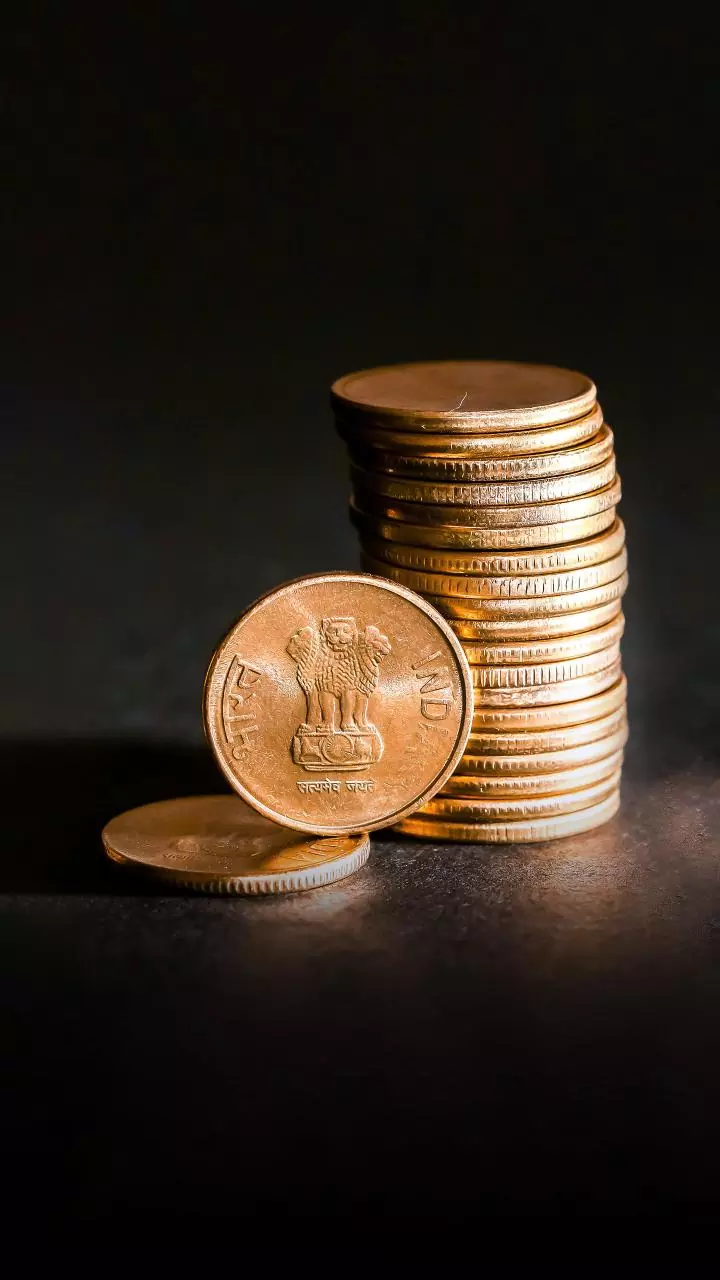Gold's Safe Haven Status
Gold's enduring appeal as a safe-haven asset is a significant driver of its recent price surge. In times of global economic instability or geopolitical
tensions, investors often turn to gold as a store of value. This is because gold has historically retained its worth during economic downturns, unlike stocks or other assets that can fluctuate wildly. The demand increases as a direct consequence of the uncertainties, like international conflicts or worries about economic recession. Because of its scarcity and intrinsic worth, gold functions as a secure refuge for capital. This makes it a popular investment option for people and institutions looking to protect their wealth during uncertain times. The current rise underscores gold's role as a key component of a diversified investment portfolio, which aims to reduce risk.
US Rate Cut Speculation
Expectations of potential interest rate cuts by the US Federal Reserve are also contributing to gold's upward trajectory. Lower interest rates often make gold more attractive to investors, as the opportunity cost of holding the non-yielding asset decreases. This is because with lower rates, other investment options like bonds may offer lower returns. Investors then seek out gold as a more appealing investment. Furthermore, a rate cut can weaken the dollar, making gold cheaper for buyers using other currencies, which can further boost demand. The market's anticipation of the Fed's monetary policy moves plays a crucial role in gold's current price performance, as investors try to predict the impact of these changes on their portfolios. The belief that rate cuts are on the horizon adds to the investment appeal of gold.
Factors Fueling Demand
Several other factors are at play, supporting gold's increased demand. Ongoing global economic uncertainties, including high inflation and worries about a recession in different regions, create an environment that favors gold. Inflation erodes the purchasing power of paper currencies, making gold a hedge against it. In addition, geopolitical risks and instability around the world amplify gold's safe-haven appeal. Central banks also contribute to the demand by steadily accumulating gold reserves as part of their strategy to diversify their holdings and reduce reliance on any single currency. All these elements work together, making gold a sought-after asset in today's global investment environment.
Market Outlook and Analysis
Analyzing the market, experts indicate that gold's price could reach record levels if the current dynamics continue. However, the price's future depends on several changing variables. Key among them is the Federal Reserve's monetary policy and how aggressively they decide to act. Unexpected economic news could also affect investor confidence. Additionally, significant shifts in the geopolitical landscape would change the demand. Traders need to keep track of these factors in order to determine what will happen to the precious metal's value. The market's complexity demands a careful look at both macro and micro variables. Investment decisions must be based on a thorough understanding of all of the influencing forces.
